Design Observer Calls Pavilion a “Wonder of Boxy Illumination”
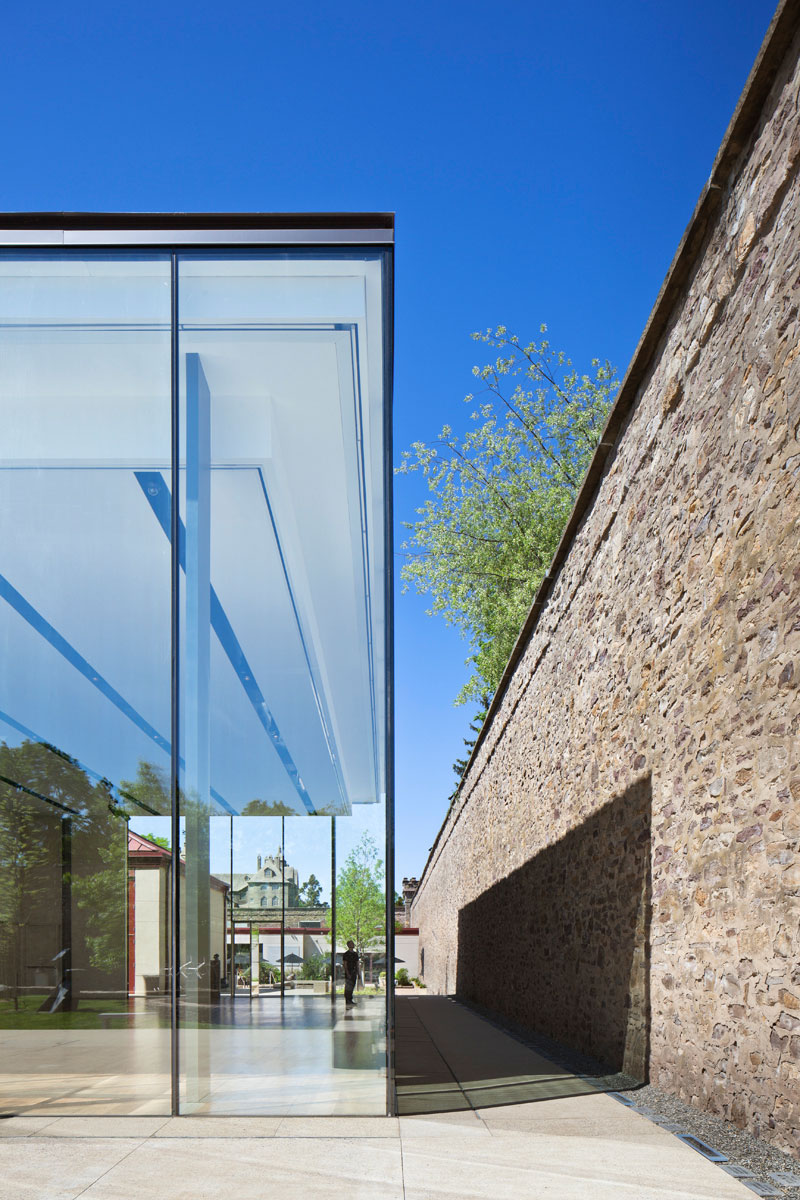
Mark Lamster of Design Observer recommends a visit to the newly opened Putman Pavilion at the James A. Michener Art Museum in Doylestown, Pennsylvania.
Read MoreFrontier Physics Lab Achieves LEED Gold
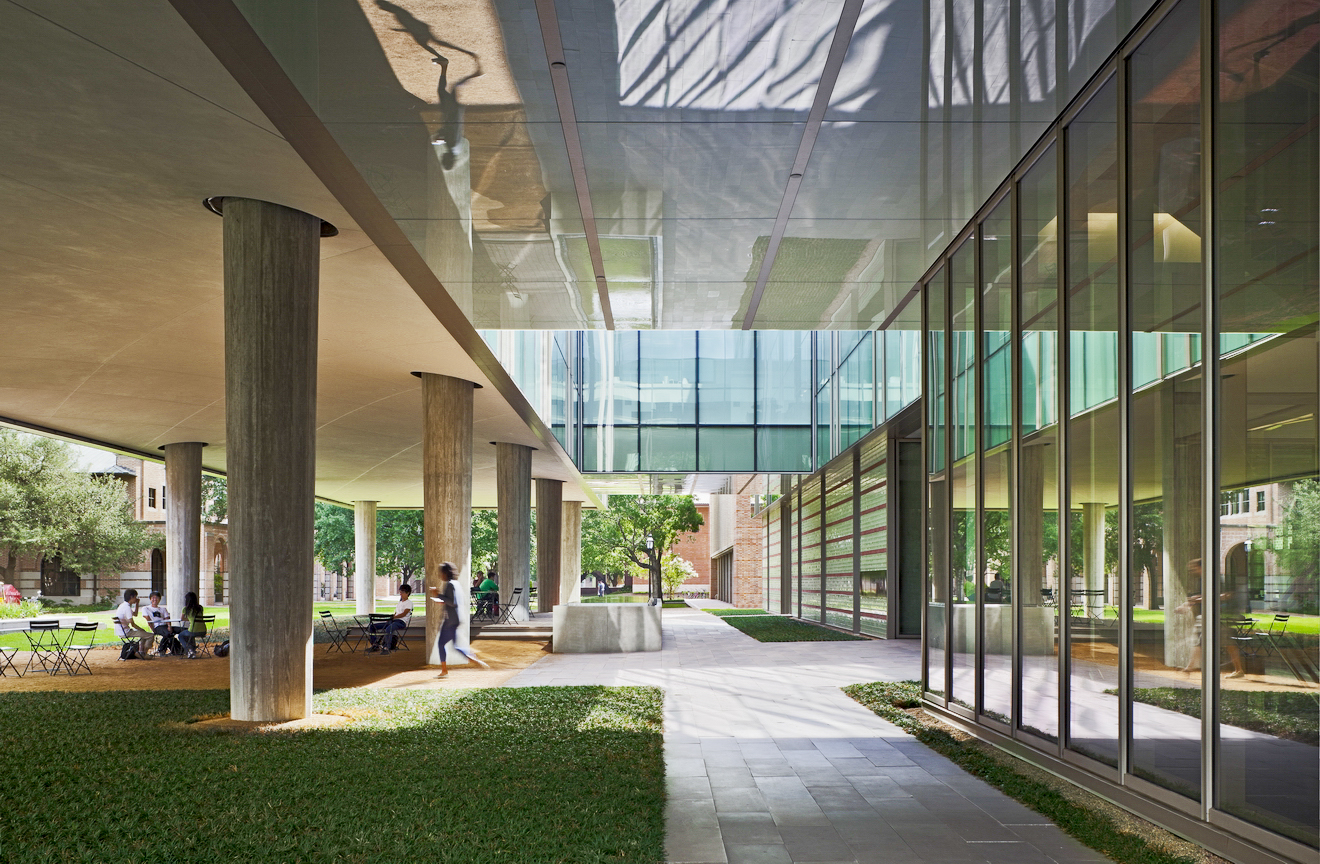
© Peter Aaron/OTTO
Thanks to the integrated efforts of Rice University's Facilities, Engineering and Planning Department, the design team, and construction contractor Gilbane Building Company, the Brockman Hall for Physics has been awarded LEED Gold certification by the U.S. Green Building Council.
A Gold rating is an extraordinary achievement for a physics lab because of the energy needed to conduct experiments within a highly controlled environment. The 110,000 gross square-foot building requires sophisticated systems to keep noise, vibration, humidity, and particulates from interfering with experiments. Combined with Houston's high humidity and significant solar radiation, the project faced a daunting path to environmental performance.
Brockman Wins SCUP/AIA-CAE Award

The Society for College and University Planning and the AIA Committee on Architecture for Education recognized Brockman Hall for Physics at Rice University with an award in Excellence in Architecture for a New Building.
Examining Ecological Context for Architecture

During our design process for the Energy Efficient Buildings Hub in the Philadelphia Navy Yard, we have been investigating the impact that the nearby wildlife habitat at Heinz Wildlife Refuge might have on facade design, building orientation, and day lighting, as well as the potential for bird strikes.
We found that the refuge is not close enough to the EEB Hub project site to have immediate implications regarding bird strikes and other avian issues, but its ongoing experience with environmental management for the purpose of conservation and habitat/species protection is a useful resource for techniques and design principles. The presence of the refuge proves that it is possible to create high quality habitat for birds and other species of interest in this busy corridor on the Delaware River. It further indicates that landscape design and management is an essential tool for controlling nuisance species such as Canadian Geese and supporting beneficial communities such as migratory songbirds and local threatened species. Furthermore, current landscape design practices in the Navy Yard, such as turf grass and paved parking lots, contribute negatively to human/avian conflict on the site. The EEB Hub's location on a migratory path means that bird strikes are a serious concern, and that measures for controlling them should be considered as part of building design.
Apartments Named for Greenhouse Effect Scientist Achieve LEED Platinum

© Tim Griffith
The Charles David Keeling Apartments at UC San Diego have been awarded LEED-NC (Leadership in Energy and Environmental Design for New Construction) Platinum certification from the United States Green Building Council, making the building the first LEED Platinum student housing in the University of California system. It is also the first new building at UC San Diego to receive a Platinum rating—the highest LEED certification level that can be achieved.
Read MoreJewel Box Opens at Michener Museum
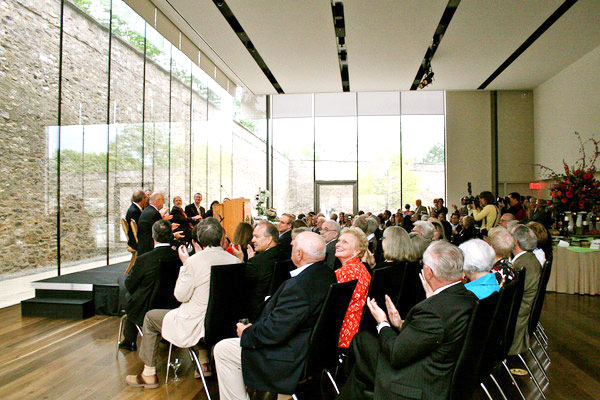
In a ceremony yesterday evening at the James A. Michener Art Museum in Doylestown, PA, museum officials dedicated the Edgar N. Putman Event Pavilion, an elegant, all-glass structure extending into the north side of the Museum's Patricia D. Pfundt Sculpture Garden.
Read MoreMeeting House Designed for Youth
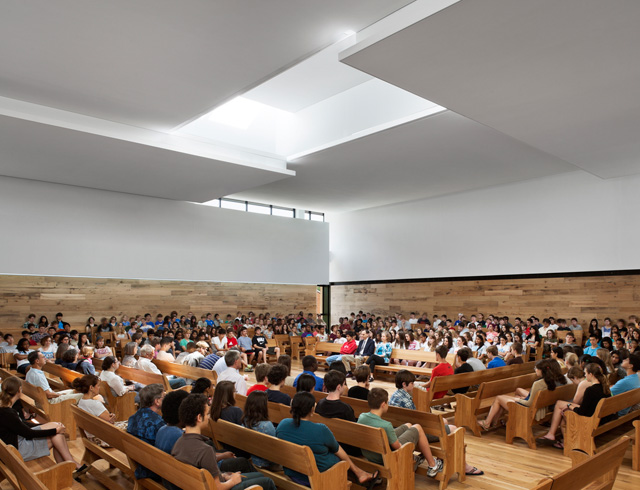
© Michael Moran/OTTO
The Quaker Meeting House at Sidwell Friends School in Washington, DC is featured in the March/April 2012 issue of GreenSource magazine.
Read MoreAIA Charlotte Applauds Center City Building
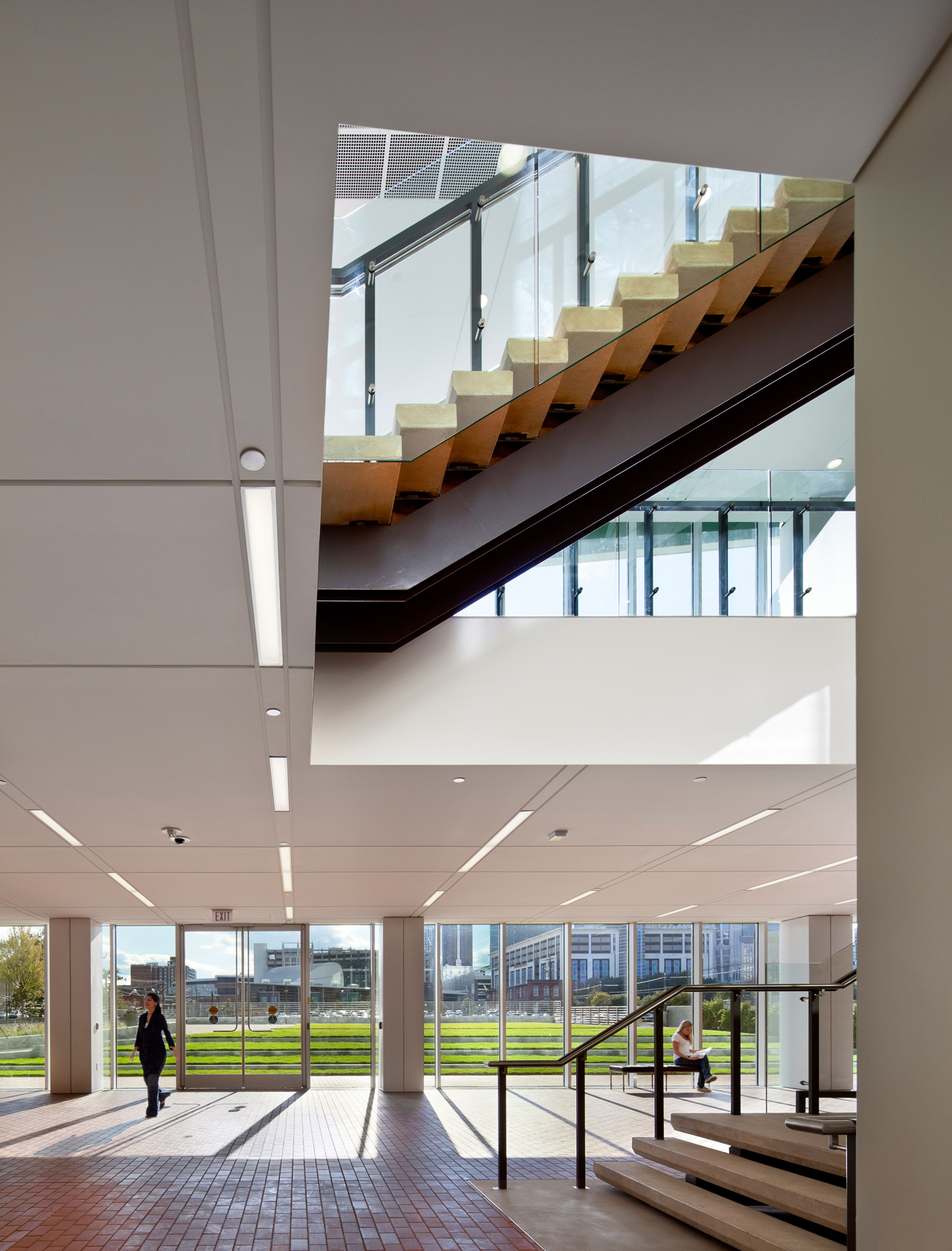
AIA Charlotte Awarded UNC Charlotte's new Center City Building a Merit Award, calling the building a “vibrant addition to Charlotte's central business district [that] establishes a lively urban presence within First Ward.”
Designed in partnership with Gantt Huberman Architects of Charlotte, the project was praised for fostering interdepartmental interaction, engaging the public, and showcasing the university's innovative work.
Waterfront Plans Awarded by AIA
The American Institute of Architects announced this week that the Master Plan for the Central Delaware has received national acclaim with a 2012 Institute Honor Award for Regional & Urban Design.
This master plan transforms six miles of the Delaware River waterfront in Center City Philadelphia, based on the Civic Vision that was prepared through an extensive public-engagement planning process. The goal of the plan is to provide a practical implementation strategy for the phasing and funding of public-realm enhancements to the waterfront, including the locations of parks, a variety of waterfront trails, and connections to existing upland neighborhoods. Specific zoning recommendations to shape private development as well as design guidelines for the public spaces are integral components of this project.
Read More
